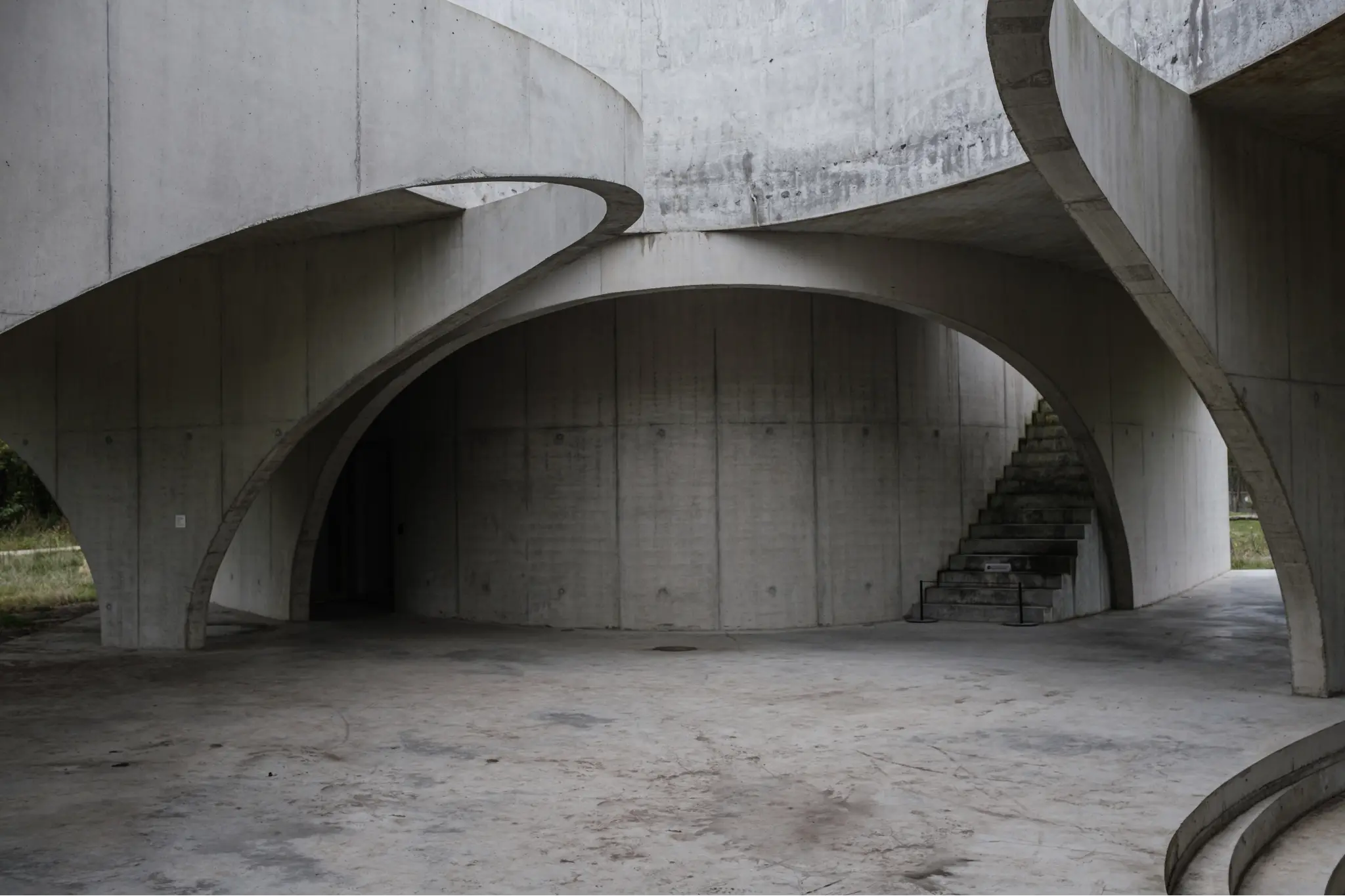Understanding Gray Cement: Types, Properties, and Manufacturing
Gray cement is one of the most commonly used construction materials worldwide. It is a finely ground powder made from limestone, clay, iron oxide, and other additives. Its dark gray color comes from the presence of iron compounds and other natural minerals. Known for its strength, durability, and cost-effectiveness, gray cement is the foundation of many residential, commercial, and infrastructure projects. It is widely used to produce concrete, mortar, grout, and plaster, making it an essential material in modern construction.
That’s why the team from Otto Cement wanted to break down some important information about gray cement for you here!
Types of Gray Cement
There are several types of gray cement, each designed for specific applications:
- Ordinary Portland Cement (OPC): The most widely used cement in general construction. It is ideal for structures like buildings, bridges, and roads.
- Rapid-Hardening Portland Cement: Used for projects requiring fast strength development, such as repair work and prefabricated concrete.
- Low-Heat Portland Cement: Designed for large-scale projects like dams and massive foundations, where excessive heat generation during setting could lead to cracks.
Each type of gray cement is formulated to meet different construction needs, ensuring efficiency and longevity in various applications.
Properties of Gray Cement
Gray cement possesses several key properties that contribute to its effectiveness in construction:
- Fineness: The particle size of gray cement determines its bonding strength. OPC cement typically has a fineness of 300 kg/m², ensuring strong adhesion in concrete mixes.
- Setting Time: The initial setting time is around 30 minutes, while the final setting occurs within 190 minutes, ensuring a balanced workability period.
- Consistency: A proper water-to-cement ratio ensures a uniform mix, with a normal consistency of 27%.
- Soundness: Stability in volume after setting is crucial. Gray cement has a soundness measurement of 10mm, ensuring minimal expansion or contraction.
- Relative Density: The density ranges between 3.1 and 3.5 Mg/m³, indicating its compactness and durability.
- Bulk Density: The bulk density of gray cement falls between 1200-1600 kg/m³, which affects its storage and transportation efficiency.
These properties make gray cement a reliable and versatile material for construction.
Manufacturing of Gray Cement
Gray cement is produced using two primary methods:
- Wet Process: Raw materials, including limestone and clay, are ground with water to create a slurry. This mixture is then heated in a rotary kiln at 1450°C, forming clinkers. These clinkers are ground with gypsum to regulate the setting time, resulting in gray cement.
- Dry Process: Raw materials are crushed, blended, and heated in a preheated rotary kiln without adding water. The resulting clinkers are cooled, mixed with gypsum, and ground to produce the final cement.
The dry process is more energy-efficient and widely used in modern cement production.
Applications of Gray Cement
Gray cement is used in a variety of construction projects, including:
- Residential and commercial buildings – Used for foundations, walls, floors, and roofing applications.
- Infrastructure projects – Essential for constructing bridges, highways, tunnels, and airports.
- Concrete production – Forms the base for ordinary, high-strength, and ready-mix concrete.
- Plastering and tiling – Provides a smooth, even surface for finishing work.
- Grouting and masonry work – Helps seal cracks, joints, and gaps in structures.
Its versatility and strength make gray cement a fundamental building material.
Contact us for quality gray cement & more today!
To learn more about the cement and cementitious products we carry contact us online today or call (281) 912-6767.

